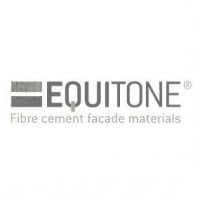-
Australia
Copyright © 2025 Powered by BCI Media Group Pty Ltd
Confirm Submission
Are you sure want to adding all Products to your Library?
Contact Detail

What if the key to transforming your building's energy performance and aesthetic appeal lies hidden in its walls? Ventilated facades, also known as rainscreen, are reshaping architecture by offering a smart, sustainable solution that shields structures from the harshest elements and enhances comfort and efficiency.
Curious about how it works and why it might be the future of sustainable construction? Let’s dive in.
More Than a Material - A High-Performance Ventilated Facade Solution



